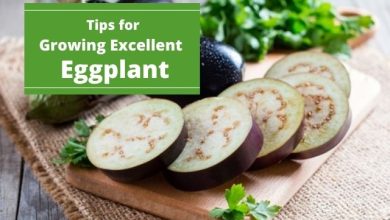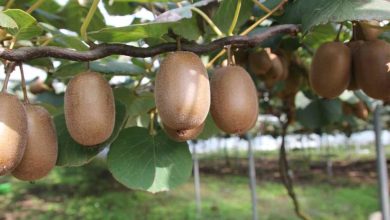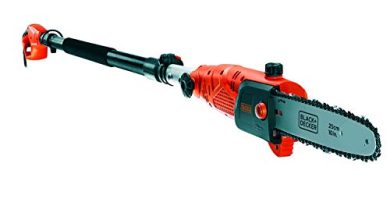How to get seeds at home to plant: Complete guide
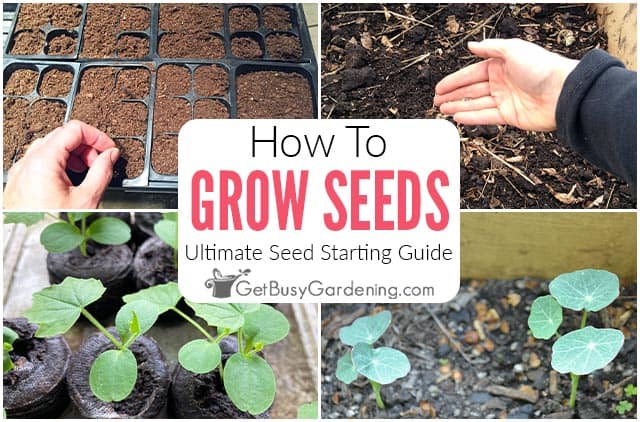
Hello everyone! Today I am going to give you some small and simple tips so that you can obtain your own seeds at home from the crops in the garden. Here we go!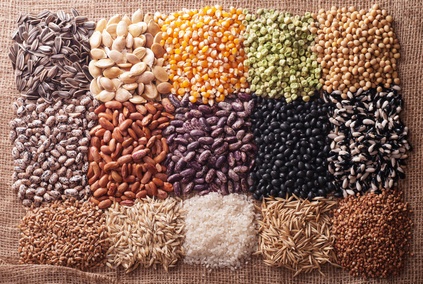
the seeds of the plants
The seed is a small wonder that contains everything that is needed for something so small to develop into a whole plant, provided it is placed in the right conditions.It is very easy to take advantage of the seeds of certain fruits in your garden so that next year they provide you with new plants without having to buy anything.
In addition, recovering the seeds in an organic garden has an added advantage: you will be sure that they are going to be organic seeds. So here are some tricks to get your own seeds.
How to get seeds from vegetables
Select one or two bushes of the crop you are interested in, of medium size. Check that the plants are strong and healthy, that they do not show any symptoms of disease or damage by pests, since if they are sick or attacked by insects they can be weakened and therefore affect the subsequent development of the seeds.
Let them mature to the maximum, even beyond the point of consumption.
Pick the fleshy fruits, such as eggplant or cucumber, when they soften; and the pods (peas and beans) when they dry out and begin to open.
Separate the seeds from the rest of the fruit. You can wash them under running water using a colander, if it is easier for you to clean them. Spread them out on a tray and let them dry for about a week in a ventilated, dry, shaded place.
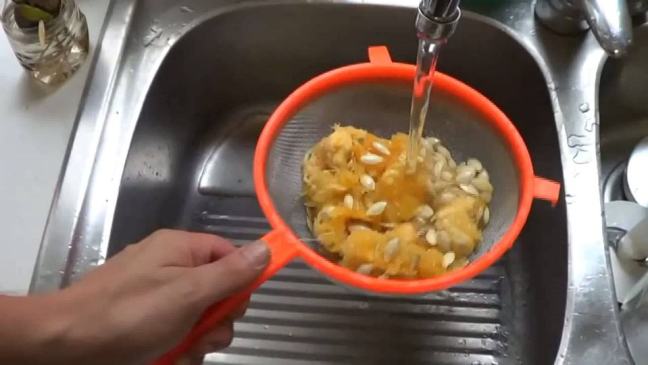
Seed conservation
To preserve them, store them in an airtight jar and a dry place. Effervescent tablet tubes are perfect for this, as the cap usually contains a drying agent that absorbs moisture. Failing that, use a plastic bag for food use and put it in the vegetable tray of the refrigerator
Take them out at planting time, and let’s plant pumpkins !
Some tips to get seeds at home
To begin with, I recommend that you collect the seeds of vegetables with fruit, as they are easier to collect than others such as those of leafy vegetables, such as chard or lettuce, which must be allowed to glean and whose seeds are very very small. Some of the vegetables from which we can obtain seeds more easily are: aubergine, cucumber, courgette, pumpkin, pepper, bean, pea, melon or watermelon.
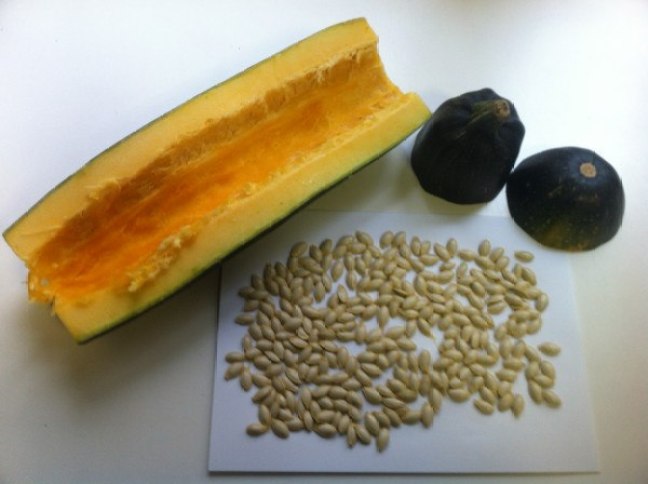
So that the seeds germinate well later, make sure you choose those that have a thicker appearance, as they will generally have more reserves than other finer ones.
Before sowing, put them in a container with water for a few hours. You will find that some float, and some do not. Get rid of the ones that float, they are probably not viable. Also, by soaking them, we soften the seed coat making it much easier for the germ to come out.
It is useless to harvest hybrid varieties, since their viability is very limited in most cases and, in the event that the seeds are viable, the offspring will probably be very different from the parents from which we have obtained the seeds, especially in terms of performance.
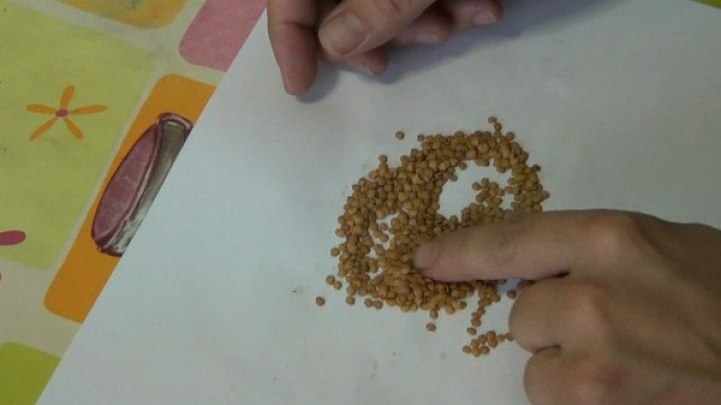
We usually collect more seeds than we actually use. In that case, you can keep them for the following year or, what is better, encourage yourself to make exchanges with neighbors or through the Internet in barter pages.
Plants that do not reproduce by seeds
Some aromatic plants such as parsley, dill, coriander or thyme «reseed» spontaneously if you let the flowers dry on the stems. When they have dried, usually in late summer, shake them by hand before cutting. The seeds that fall will germinate the following spring. Have the seedlings located and then transplant them where it suits you best.
Potatoes
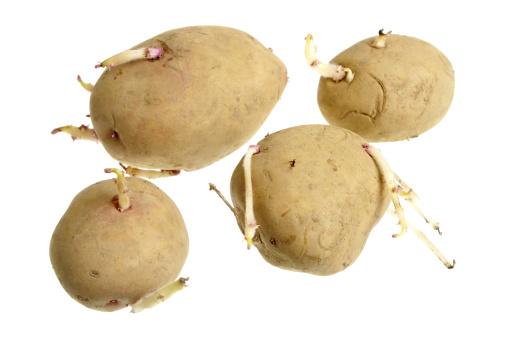
In the case of potatoes, the «seed» is a tuber, that is, a potato, which is buried in the ground again, since in this way it is much easier to multiply.
Strawberries
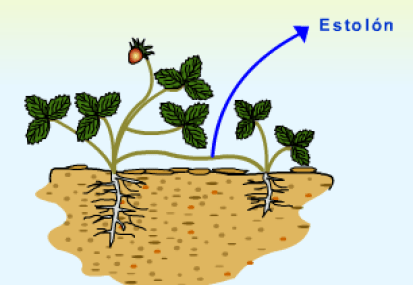
Something similar happens with strawberries, their seed is easy to see, since they are found all over the surface of the fruit. Yes, those little yellow bumps we see on strawberries are the seeds. However, strawberry seeds are not used for propagation in the orchard because the development of a plant from seed is very slow.
To obtain a new strawberry plant, you must normally acquire it as a seedling or from another plant through the stolons, which are lateral shoots that are born at the base of the stem and grow horizontally with respect to the ground.
In the article on reproducing seedless plants and plants that regenerate you can see more about this and how to regrow vegetables.
So far today’s article. Now you can put these simple tips into practice and share with us photos of your seedbeds.
See you soon agrohuerters!

![Photo of Wheat Pests and Diseases: [Detection, Causes and Solutions]](https://www.complete-gardening.com/wp-content/uploads/2022/08/wheat-pests-and-diseases-detection-causes-and-solutions-390x220.jpg)
